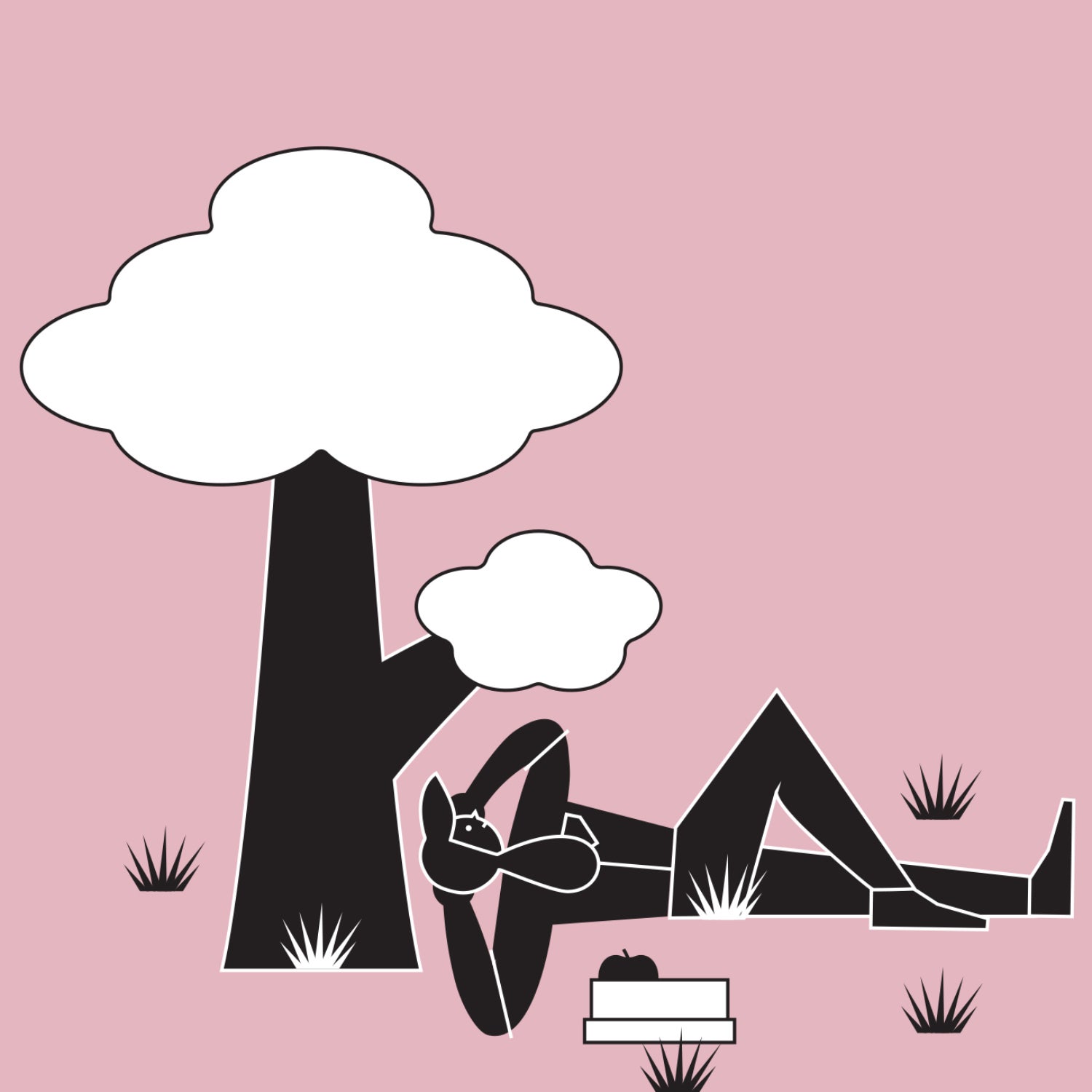The team at ���ϳԹ��� is made up of people who usually rise to the challenge, whatever it is. We are ultrarunners, backcountry skiers, parents to neurotic dogs. So a simple test—take a lunch break, every day, for two weeks—didn’t seem like all that much to ask. We wanted to explore rest’s relationship with productivity and encourage leaning a little further into the life side of work-life balance. Alas.
Lunch breaks are supposed to be good for productivity. in the journal Cognition found that brief diversions from tasks are revitalizing and impart better focus when we get back to work. And of 1,600 North American workers found that employees feel more productive and satisfied with their job when they take lunch breaks. When I followed up with our incredibly busy editor in chief Christopher Keyes three days into the experiment, he said that he’d eaten every lunch so far at his desk. “I am ashamed,” he wrote. He wasn’t alone: several staffers had found themselves unable to pull away from work. We organized lunch hikes, but only the writer and the editor of this essay showed up. We sent reminders, but people largely clung to the routines they’d established before the experiment. “An hour away from my desk midday means I get stuck working an hour later at night,” said digital managing editor Abigail Wise. “I couldn’t justify lunch.”
Other team members did better: copy editor Tasha Zemke used the newfound time to run errands and hang with her teenage daughter. Two other editors—both fathers with young children—used their lunchtime to sneak in a workout. Editorial fellow Kevin Johnson spent his breaks touching up his LinkedIn profile, basking in the sunshine on a balcony, and taking short walks. (But, he noted, it was hard not to think about work while doing so.)
Maybe the key to a successful lunch break is having a mental rest before diving back into work afterward. But depending on your workload, lifestyle, and stress level, that might not be possible. “What I did try to build into my day, as I felt myself nearing burnout, were smaller breaks outside, away from my computer,” said senior editor Luke Whelan. “I walked to and from work nearly every day for the past two weeks, which added up to 30 minutes of fresh air daily, and used that time to let my brain settle down and relax.”
Workers are not machines that operate most efficiently on a strict schedule: work for 3.5 hours, cool for one hour, then fire up the engine again and resume accomplishing things. The right approach to workday structure is going to look different for each of us. If we learned one thing from this (mostly failed) experiment, it’s that the best thing a workplace can offer is a responsive and flexible schedule, one that allows for wildly different creatures to thrive.


